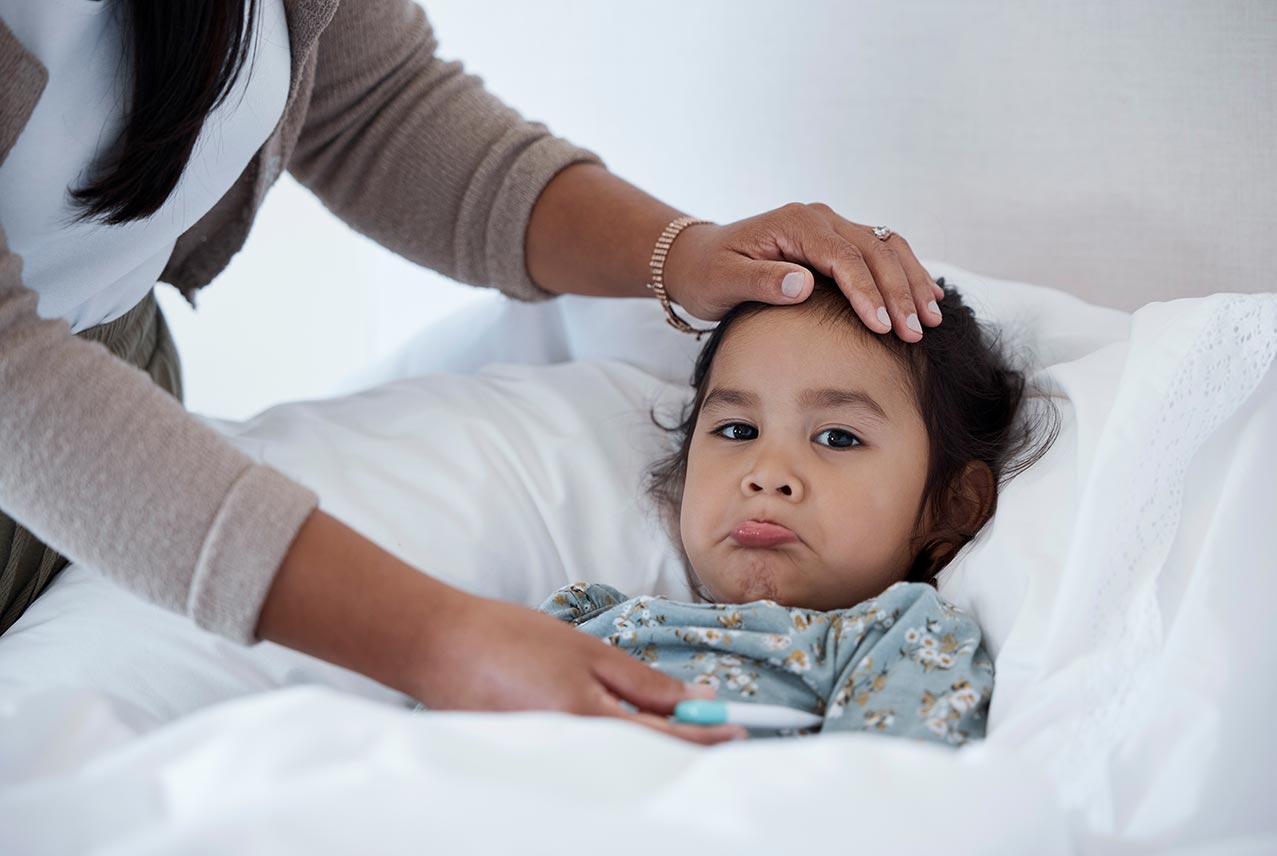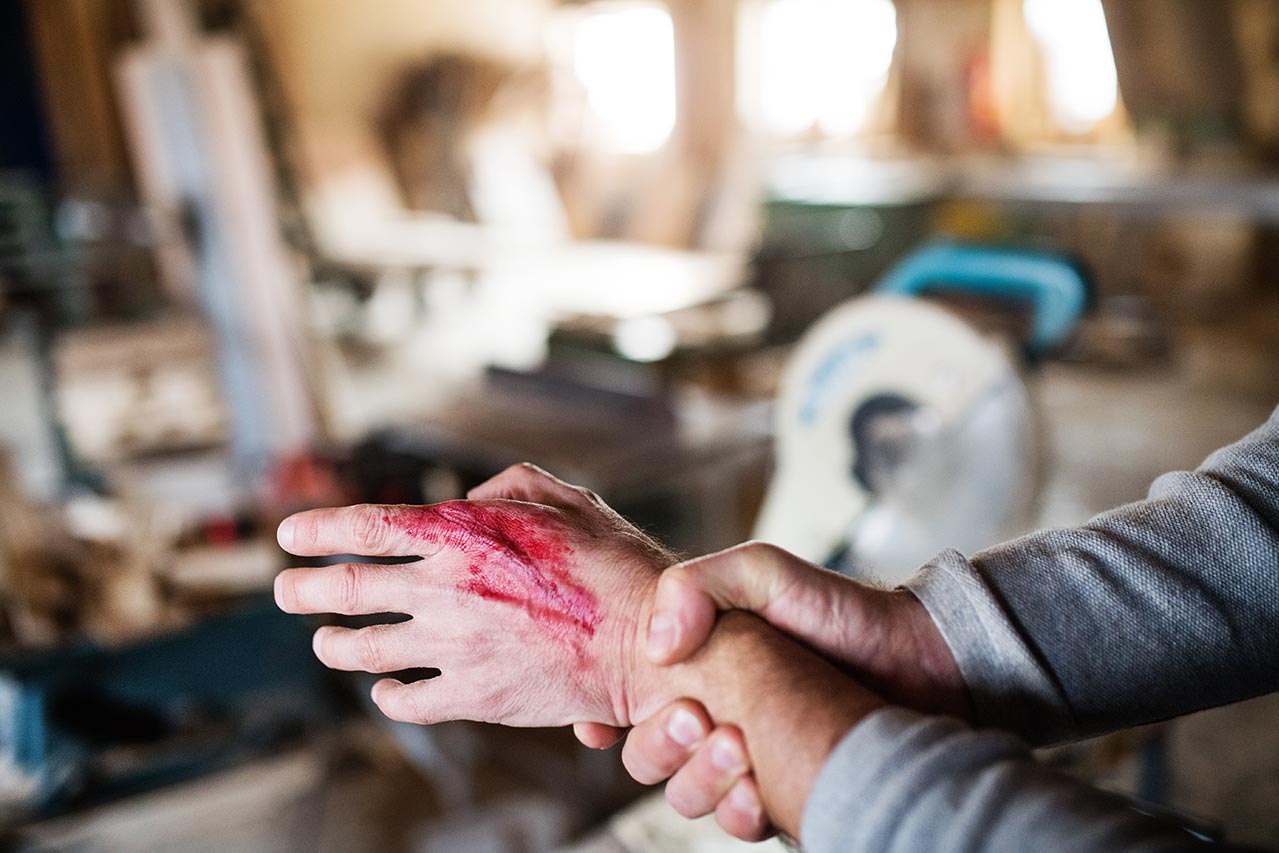
Home should be a safe space for children. It’s where they play, learn, relax, and find care, comfort, and love. Children are naturally curious and love to explore and try new things. However, leaving them unsupervised during such times can put them at risk of serious injury. According to the Centers for Disease Control and Prevention (CDC), the leading cause of death in children between the ages of 1 and 14 is accidents or unintentional injuries. (CDC, 2021)
Home injuries are preventable. Here are some risk areas you must know about and the necessary steps to keep your children safe.
Scalds and Burns
Always keep hot objects out of the reach of children. Ensure that hot foods and drinks are kept away from the edge of the counters. Turn the pot handles away from the edge and use the back burners of the stove when cooking.
If you’re watching your baby while cooking, ensure they are seated in a high chair, at least 3 feet away from the cooking space. Always watch children and keep them away from the fireplace to prevent burns. (Safe Kids Worldwide)
Falls
Activities like climbing on the furniture or the stairs or playing near unsecured windows can result in falls. According to the CDC, falls are the leading cause of non-fatal injuries for all children ages 0 to 19.
Ensure that your children are always supervised around fall hazards like stairs. Home safety devices like stair gates, guard rails, window guards, etc., can help keep the children safe. Always keep windows and doors locked, especially the front door, so the children do not wander out the door.
Children must not be left unattended when they’re sitting on a bed or the counter. When using high chairs, strollers, swings, etc., ensure that the babies are strapped correctly. (CDC, 2019)
Batteries
Little children are curious and may tend to put objects in the mouth. This is dangerous since electronic devices and their batteries are getting smaller and sleeker. When children play with such things, it may expose the batteries inside the objects.
Always keep lithium battery-controlled devices like remote controls, children’s toys, watches, calculators, etc., out of sight and reach of children. Ensure that loose batteries are locked away safely.
Water and Drowning
Children must never be left unattended near water, even for a few seconds. Drowning can happen quickly and quietly. When watching children, adults must avoid distracting activities like using the phone, reading a book, playing cards, etc.
A backyard pool must have a four-sided isolation fence installed. Self-closing and self-latching gates can ensure that children do not have access to the pool area. An alarm system can be installed on the door leading to the pool area. After playing, splash pools or wading pools must be emptied.
Electric Shock
All unused electric sockets must be covered. Always keep children away from electrical appliances. Any damaged appliances or electric cords must be repaired or discarded.
Toy Safety
Always purchase age-appropriate toys and games for children. When buying a toy, check it doesn’t have any small parts or potential choking hazards.
When children of different ages are playing together, make sure that small pieces or toys are away from the reach of babies or younger children.
After playtime, store all toys and games in a container or bin. Check to see that the younger children do not get their hands on any tiny pieces.
Furniture or TV Tip-Overs
Flat-panel TVs must be mounted on the wall. If you’re using a large box-style TV, ensure that it is placed on a low and stable piece of furniture that can hold the weight.
Furniture must be attached to the wall using braces, wall straps, and brackets to secure it firmly. This is essential as it can prevent tip-overs if children use these objects to pull themselves up from the ground.
Children may get tempted to climb or reach for objects like the remote. Avoid placing such things at a reachable height. Heavy items must be stored inside lower shelves or drawers.
Medication
Always keep medicines where they’re out of the sight and reach of children. Ensure that after using medications, you immediately store them away safely.
It’s not just medicines that are unsafe for children, but also items like vitamins, eye drops, or diaper rash creams. Store these away from the children’s reach too. If bags or briefcases contain medicines, ensure that these items are placed on high shelves or hooks.
Parents and caregivers play a life-saving role in protecting children from injuries. We must remember that child injuries are preventable, and it’s our responsibility to create a safe environment for the children at home. We hope this information will help you take proactive action to keep your children safe at home. Create your home safety plan and share it with your family so each adult and child can be aware of the dangers we encounter in our most comfortable space.
Works Cited
CDC. “FastStats – Child Health.” Centers for Disease Control and Prevention, Centers for Disease Control and Prevention, 14 Apr. 2021, www.cdc.gov/nchs/fastats/child-health.htm.
Safe Kids Worldwide. “Burns and Scalds.” Safe Kids Worldwide, www.safekids.org/safetytips/field_risks/burns-and-scalds.
CDC. “Fall Prevention.” Centers for Disease Control and Prevention, Centers for Disease Control and Prevention, 6 Feb. 2019,





